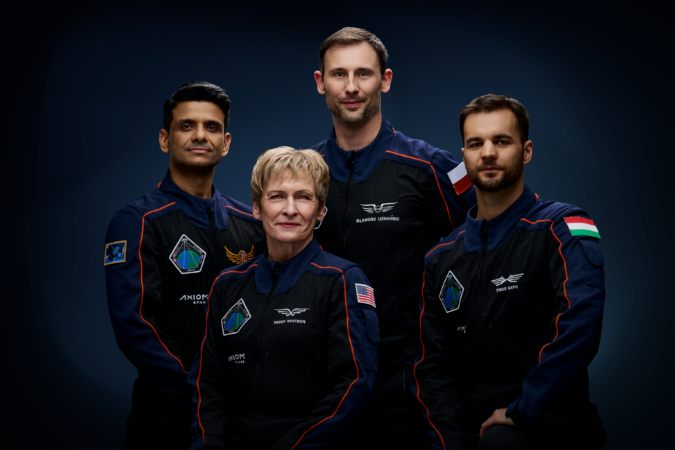Summary Points
-
Collaboration for Axiom Mission 4: NASA and ISRO aim to conduct scientific investigations aboard the fourth private astronaut mission to the ISS, targeting a launch no earlier than June 10 on a SpaceX Falcon 9 rocket.
-
Muscle Health Research: The Myogenesis-ISRO investigation studies muscle regeneration in microgravity, potentially leading to interventions that could benefit astronauts and aging populations on Earth.
-
Plant Growth in Space: The Sprouts-ISRO investigation explores the germination and growth of nutritious plants in microgravity, aiming to develop sustainable food sources for future space missions.
- Survival of Extremophiles: The Voyager Tardigrade-ISRO study tests tardigrades’ resilience in space conditions, which may enhance astronaut safety and inform technology for extreme environments on Earth.
NASA and ISRO (Indian Space Research Organisation) are joining forces for a groundbreaking mission aboard Axiom Mission 4. This marks the fourth private astronaut mission to the International Space Station (ISS). The mission aims to explore various scientific investigations that could benefit life on Earth and in space.
The launch is set for no earlier than June 10, using a SpaceX Dragon spacecraft on a Falcon 9 rocket from NASA’s Kennedy Space Center in Florida. This collaboration highlights the potential for international teamwork in advancing space research.
One key study focuses on muscle regeneration. In space, astronauts often experience muscle loss due to microgravity. Researchers will examine muscle stem cells to understand how microgravity impacts repair processes. Findings could lead to treatments for age-related muscle loss and aid athletes recovering from injuries.
Another investigation, Sprouts-ISRO, looks at how seeds from greengram and fenugreek germinate and grow in microgravity. These plants are popular in the Indian diet and contain important nutrients. Understanding how to grow these plants in space could provide sustainable food sources for long missions.
Space Microalgae-ISRO studies the growth and genetics of microalgae in microgravity. These organisms not only offer a potential food source due to their high nutrient content but also play a crucial role in life-support systems. They produce oxygen and consume carbon dioxide, making them valuable for future space endeavors.
Additionally, the Voyager Tardigrade-ISRO project tests the survival of tardigrades—tiny organisms resilient to harsh conditions. The research aims to understand their survival mechanisms in space, which may inform technology that protects astronauts from extreme environments.
Lastly, research on human interaction with electronic displays in space, known as Voyager Displays – ISRO, will investigate how microgravity affects touchscreen usage. Insights from this study could lead to improved designs for control devices, benefiting both space missions and aviation technology on Earth.
This mission not only promises to advance our understanding of life in space but also holds significant implications for technology development both in aerospace and everyday life.
Stay Ahead with the Latest Tech Trends
Stay informed on the revolutionary breakthroughs in Quantum Computing research.
Explore past and present digital transformations on the Internet Archive.
SciV1

